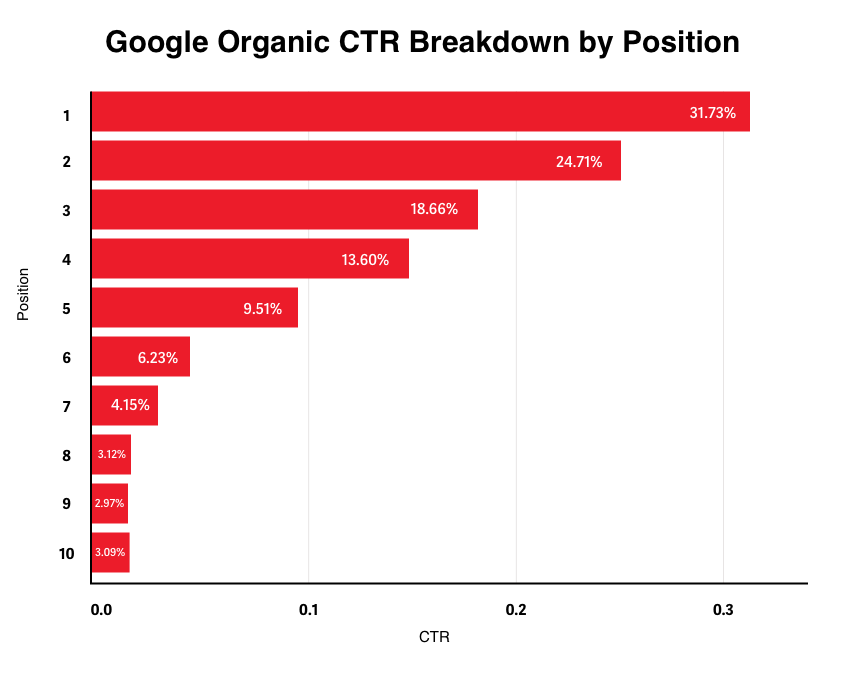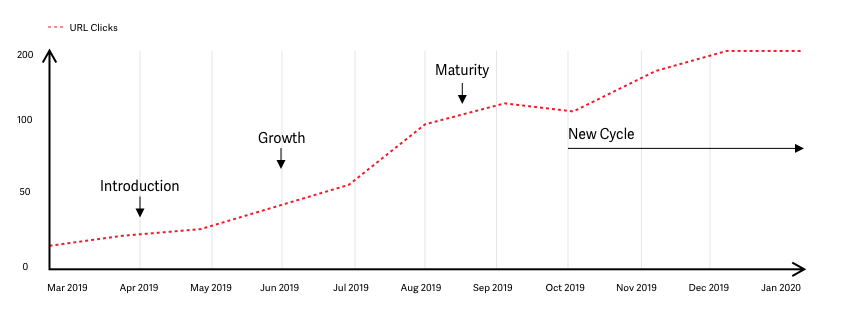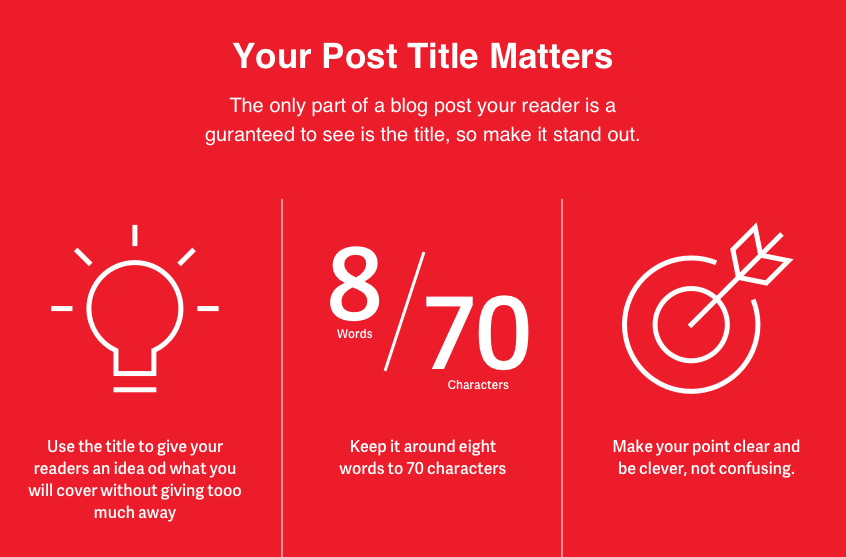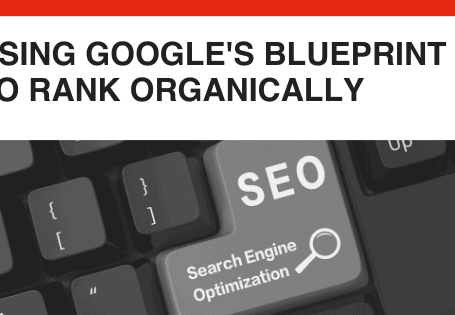How to Improve SEO Simply by Revamping Old Content
By: Rank Media

Instead of setting out to write yet another 2,000-word blog post, when was the last time you retouched and updated older content from years gone by?
Many companies religiously pump out reams of new content to improve SEO, and who could blame them? Writing fresh content is what most marketing beginners are taught as a sure-fire way to SEO success.
But, while their intentions are in the right place, new content isn’t always the solution.
If you continue to force out content, you’ll have too many blog posts targeting the same topic – and chances are, they’ll compete with each other on SERPs, which is a recipe for disaster.
So, instead of writing 20 different pages that focus on the same search terms, it’s better to have a handful of all-encompassing posts that provide mega value to the reader.
What Does “Content Revamping” Mean?
An excellent blog post that you wrote back in 2014 might have driven plenty of organic traffic at the time. But as the years go by, the competition will target the same fruitful keywords and write similar content.
Before you know it, your article is overtaken by up-to-date content filled with infographics and video. Frustrating, right?
Well, just like other areas of your business, your content has a lifecycle. After all, 4.4 million blog posts are published every day. It’s only a matter of time before a competitor competes with your high-ranking post.
When your old content starts its decline, the answer isn’t to write an entirely new article. Instead, why not revamp and modernize the post you’ve already written? Not only can this be equally as effective, but it will also take you half the time!
Content revamping is all about working smart. And no, it’s not just adding more words.
You can introduce new keywords, edit the meta description, change headings, and add new images and infographics. Once the post has been fully revamped, update the publish date, and fetch the URL so that the search bots will treat the post as fresh new content.
When should we do it?
1) When the current content does not rank on SERP
When your existing content isn’t ranking on SERPs – at least on the first page – it’s clear that something needs to be done. There’s no chance you’ll be capturing optimal traffic if your blog post is found in the depths of page two or further down.
A tweak to the content and keywords can be all that’s needed to prop your page up the listings.
2) When the content does not provide value
Using Google Analytics, you can explore all the stats that matter. The data on Google Analytics will give you a clear picture of how your old content performs and whether a revamp is necessary.
Like we mentioned before, your content has a lifecycle. With Google Analytics, you can see exactly where your content is in the cycle. If you can see the click-through rate is decreasing, the bounce rate rising, or the number of conversions lowering, it’s time for a revamp.
If you do nothing, the post will continue to freefall and not generate any value to your website.
3) When you are pursuing a different goal
A content revamp can also be in order when you want to pursue a different goal and target a different audience. If this is the reasoning, a lot more strategy is required.
Depending on the goal you want to achieve (more traffic, more subscribers, more conversions, etc.), you will need to revamp your content in a certain way. This could include packaging an article as an ebook that captures the email address of visitors.
How to Improve SEO by Revamping Content

Step 1: Identify content that does not have optimum sessions
Not every existing blog post is worthy of an overhaul. You want to focus your attention on pages that aren’t reaching their full potential. Perhaps a page is teetering on the edge of Google’s first page and needs a bump to the high volume visitor rankings.
On Google Analytics or Google Search Console, you can see which pages convert well and bring in the most traffic. At first, focus your revamping efforts on pages found on the second or third page of Google or those that have seen a decrease in clicks in the past six months.
Moving up just one spot in search results will increase the click-through rate by 30.8%!
Step 2: Revamp your content by adding keywords that will win

As time goes by, your focus keywords change. You might think that the keywords your content is already targeting are enough, but fresh keyword research can give your content an extra push.
Using SEMrush, you can see which keywords your content already ranks for and pick out the valuable ones with high search volume.
Maybe your page is in the 15th position for a search term that has thousands of monthly searches. It’d be well worth getting onto the first page for this keyword, don’t you think?
Once you’ve identified relevant target keywords, add them in — but don’t stuff the page. Only use additional keywords where it makes sense. Don’t forget to hyperlink these keywords to other relevant blog posts you’ve written, and incorporate them into headings and subheadings.
If you want to go the extra mile, it’s worth looking into long-tail keywords. Long-tail keywords are great for finding content ideas for new sections of text. The average Google first page result contains 1,890 words, so beefing your content up with some new content sections might be needed.
Step 3: Improve on-page SEO
Fix broken links: Internal and external links that direct to 404s can severely impact your content’s ability to rank. Scan for broken links and then replace them.
Did you know that over 70% of people who reach a 404 page will immediately exit and not return?
New external linking: Depending on how old your content is, there may be updated research or fresh resources for you to link to. Google gives you a big thumbs up when you link to useful websites.
Optimize images and video: Assign alt-tags to all of your images and resize them to below 100kbs. Large media files can slow down page load speeds, which is a big no-no from Google and will harm your bounce rate.
Add new types of content: When visitors enter your page, are they greeted with uninviting blocks of text? Adding images, gifs, and videos can make the content more digestible and give you extra points from Google. Content filled with different media usually gets more links and shares, which can further improve your rankings.
Canva is a useful tool for creating engaging infographics and visuals in minutes.
Add Keywords: Naturally, add your primary keyword throughout the body of the text, but do not overstuff! Keyword stuffing raises a red flag, and you’ll be penalized accordingly by Google. The primary keyword should be in the title, meta description, URL, H1, and first paragraph for the best chance at ranking.
For secondary target keywords, you want to include these in your H2s and H3s and mention them at least once in the subsequent paragraphs.
Step 4: Improve CTRs

If your page is sitting pretty in a healthy SERP position but isn’t getting the traffic it deserves, maybe your title and meta description need strengthening. Review your title and meta description and compare them with your competition.
A title that sparks curiosity and an informative meta description that gives the searcher the information they need is enough to get a click-through. There are clever tricks to make your title more appealing. Use the Headline Analyzer tool to see if your title ticks the right boxes.
Tips:
Pages with a meta description get 5.8% more clicks.
Titles containing a question have a 14.1% higher CTR.
Titles with between 15 to 40 characters have the highest CTR.
Step 5: Enrich Your Content by adding E-A-T element
E‑A-T stands for expertise, authoritativeness, and trustworthiness, and is a direct ranking factor.
E-A-T isn’t essential to every industry, but if your business could impact the visitor’s health, financial stability, or safety, it is a factor you should be aware of. Example businesses include those in the medical, finance, nutrition, and news industries.
To improve and better demonstrate your E-A-T, make your content shareable so that you receive backlinks from authoritative websites, keep the content up-to-date and factually correct, and add a FAQ section.
Step 6: Submit the page for a recrawl
Once you’ve revamped your old content, you needn’t sit back and wait for Google to return to your site and recrawl it. Go to Google Search Console and resubmit the content for immediate crawling!
The time frame can range from website to website, but in specific scenarios, Google’s bots will crawl the page the very same day! In a matter of days or hours, your content will be reindexed, and you’ll be able to see the rewards of your content revamping!
Need help creating or optimizing pages for the terms that matter most to you? Give us a call at 1-800-915-7990 to speak with one of our SEO experts and learn how to get more traffic.







 (800) 915 7990
(800) 915 7990
